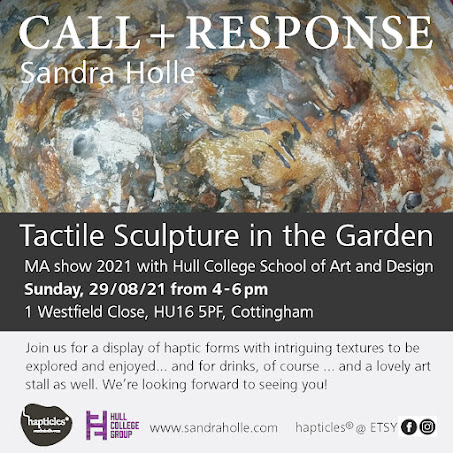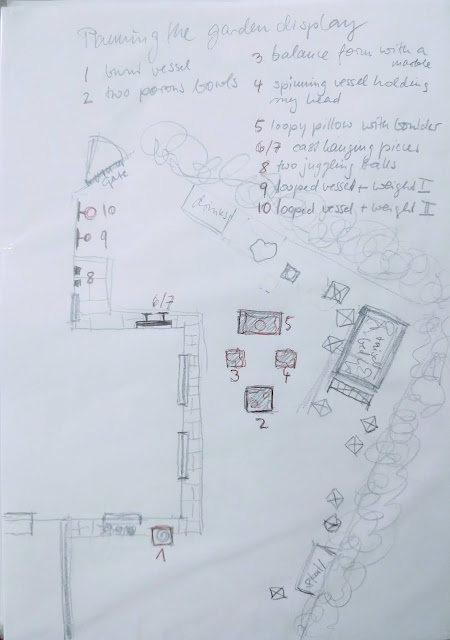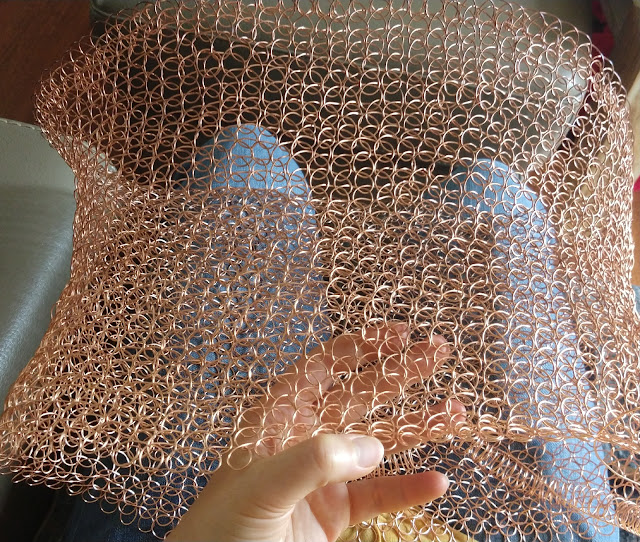It's now also the stage of progress where to spend time on planning the display. I looked of course at the ways of how sculpture is displayed in commercial galleries, that want to sell work and at museums, where work is displayed for the pure enjoyment and appreciation of it. The classic way is of course the cuboidal white plinth with suitable lighting. The versatile, neutral shape and variable height cater for all sorts of objects, brings them to eye level and don't distract from the exhibit but celebrate it. To further elevate the work, there would be more boxy supports stacked on. When I looked at many of these constructions, I realised they are not build as default stands but tailored to the object, with carefully considered and balanced proportions. I think, often the relationship between the accompanying displays is taken into account. I endeavour to keep these criteria in mind for my display. However, I have to keep in mind certain factors: At this point, I neither know...







